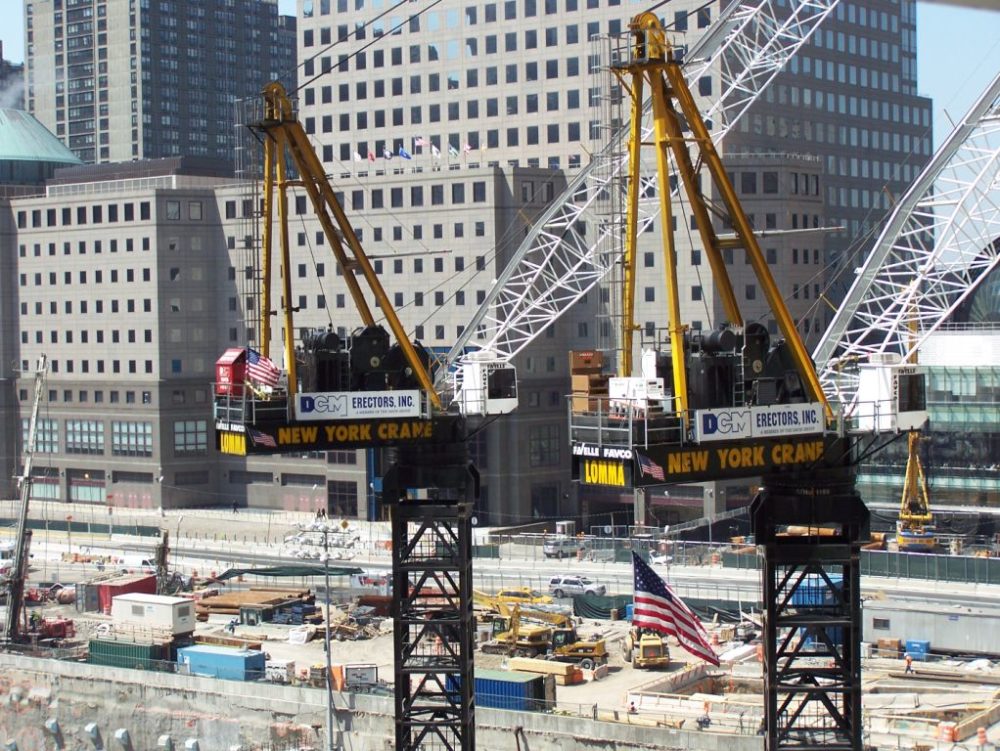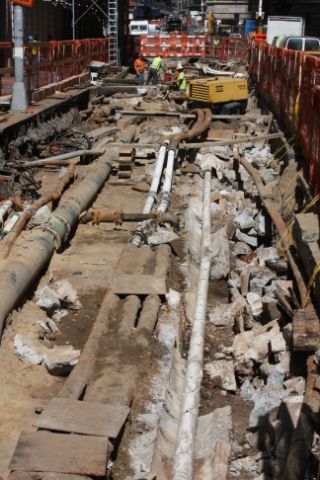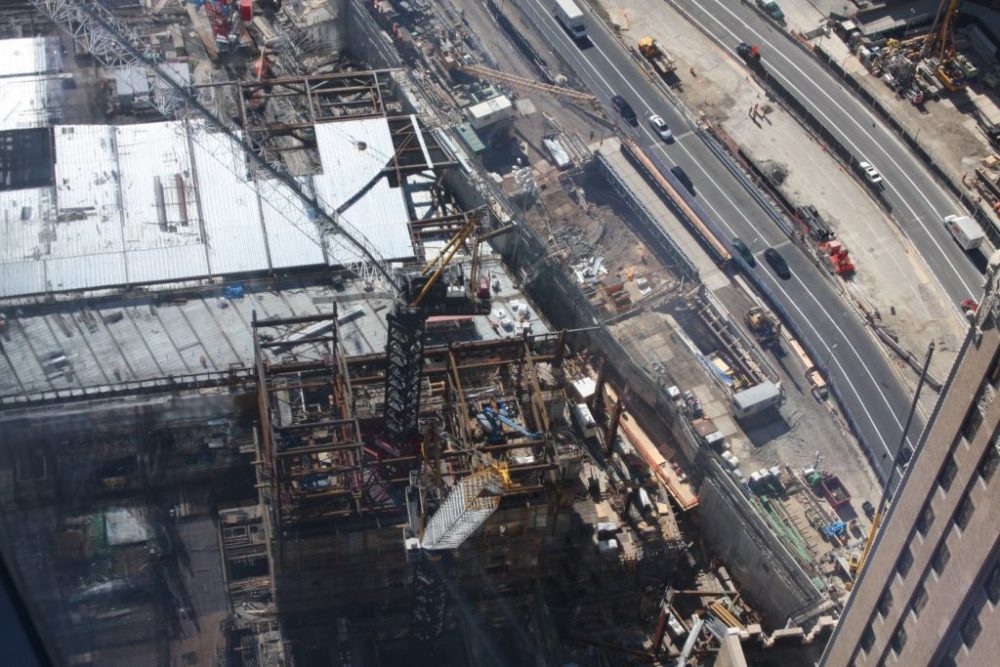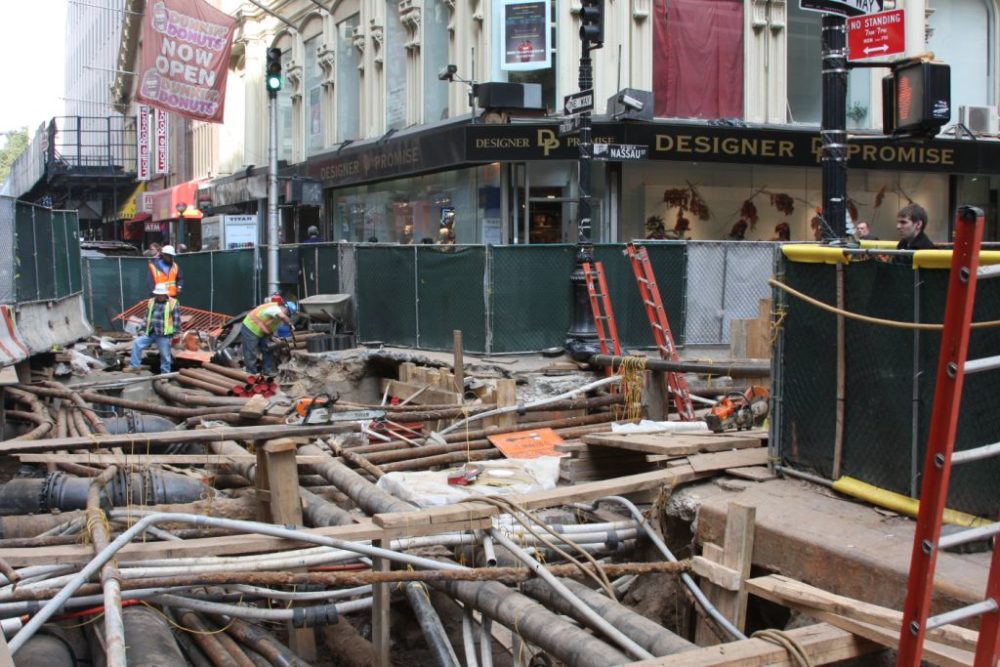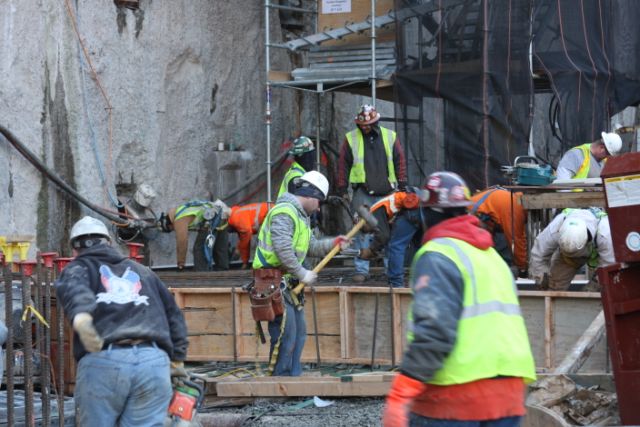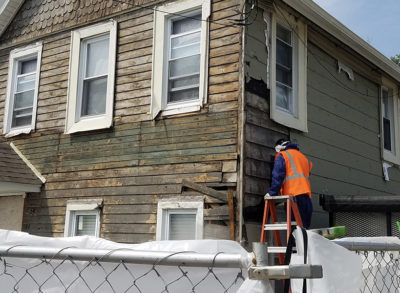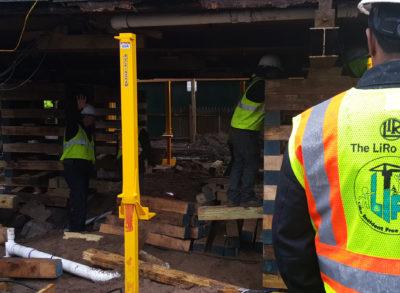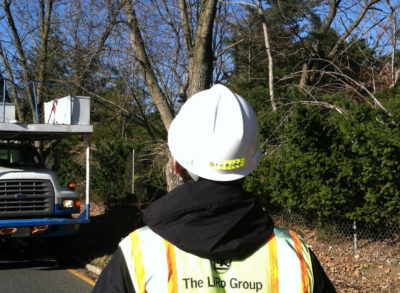Overview
Beginning in December 2001, LiRo-Hill had been responsible for the coordination of all infrastructure rehabilitation necessitated by the World Trade Center collapse. LiRo-Hill was the primary day-to-day coordinator of the lower Manhattan construction projects, over $15 billion in construction, working under the direction of the LMCCC. Initially, the responsibility included all infrastructure included in the area bounded by West Street to the west, Broadway to the east, Rector Street to the south, and Chambers Street to the north then was substantially expanded by NYCDDC/ NYCDOT to include coordination of all infrastructure work below Canal Street.
About the Project
Responsibilities included coordinating and organizing logistics, scheduling (using Primavera 6.0), and other actions relating to the various construction projects, in addition to taking all appropriate steps to ensure all construction proceeds in a coordinated manner, maintaining the overall agreed-to-schedule and implementing measures to minimize disruption to the lower Manhattan residential and business community. LiRo-Hill had the authority and the responsibility to coordinate with the owners, developers, designated agency representatives, project construction managers, and contractors (stakeholders) engaged in the pre-construction, construction and close-out phases of these projects. Each stakeholder remained responsible for the management of their respective construction project.
Project Challenges & Solutions
LiRo-Hill developed and maintained a Master Logistics Schedule, which includes the related issues of project logistics, utility coordination, and master traffic and MPT in the area south of Canal Street in Manhattan. Projects tracked include those by public agencies, utilities, and private owners having impacts on city streets either directly or through the loading of delivery networks. The Master Logistics Schedule is linked to a geographic information system (GIS) and this integrated tool supports both day-to-day coordination and decision-making and long-term planning with an appropriate mix of information technology. LiRo-Hill worked with the LMCCC’s partner agencies to create an automated transfer of street impact information from the Master Schedule/ GIS to the Lower Manhattan Traffic Model, which is used by the LMCCC, NYCDOT and other agencies in an integrated manner to manage the street network south of Canal.


